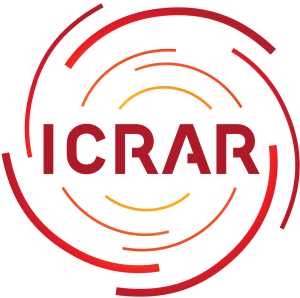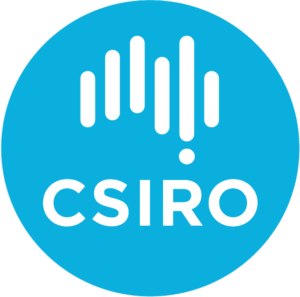Dates
17-21 February 2020
Location
University Club UWA, Perth, Western Australia
Motivation
By 2020, we will have obtained the first major results from a huge variety of “pathfinder” facilities that are operating with entirely new types of survey instruments. These pathfinders have a common aim of untangling galaxy evolution physics, and so it is important that first science results are communicated across various disciplines. This is the main purpose of this second Australia-ESO conference, allowing us to start serious conversations about the future coordination of next-generation galaxy evolution surveys.
Truly panchromatic surveys such as COSMOS and GAMA have shown that by coordinating across disciplines, new areas of astrophysics are inevitably opened up. Both of these surveys attempt to measure almost all of the energy produced by gas and dust in the interstellar medium, stars, and AGN in galaxies, giving us fresh insight into the interplay between, e.g., environment and feedback. Building on the success of the 1st Australia-ESO conference in Sydney in February 2019 that was primarily focused on IFU surveys, this meeting will broaden interdisciplinary connections to include the Square Kilometre Array Pathfinders in Australia, the ESO large surveys that are being/will be carried out from Paranal, and other instruments that are or will be delivering survey science, such as APEX, ALMA, AAT, e-ROSITA, LSST, HST, 4MOST, among others. In addition to focussing on the synergies between instruments and surveys, it is crucial to consider results and predictions from simulations and models.
The intent of this conference is to obtain a comprehensive view of baryons in the Universe, over a broad range of facilities, look-back time, wavelength range, and physical scales. The key science topics will be:
1) The baryon cycle in our own Galactic neighbourhood: what we have learned from galactic archaeology, and the interstellar and circumgalactic gas (and its accretion) in the Milky-Way and Magellanic Clouds.
2) The local Universe: the multi-phase baryon mass census (hot, cold, warm medium and stars and stellar halos), the baryon-halo connection, environmental effects on the ISM of galaxies, outflows/inflows locally.
3) Transients: a nascent avenue of learning about galaxy evolution, the intergalactic medium which is expected to grow immensely over the next few years, featuring Fast Radio Bursts, Gravity Waves, Gamma-ray bursts, and others.
4) Galaxies across time: physical processes leading to quenching and their effect on the gas reservoirs of galaxies, angular momentum evolution, and the black hole/galaxy co-evolution.
5) Cosmic Dawn and the Epoch of Reionisation: the census of z>4 galaxies (luminosity functions, dust content, star formation, interstellar medium), QSOs and radio activity, and evolution of the neutral hydrogen content.
Key Dates
- First Announcement: August 2019
- Registration opens: August 2019
- Abstract submission deadline: 4 October 2019
- Registration & fee payment close: 15 December 2019
Sponsored by
 |
 |
 |
 |

|
